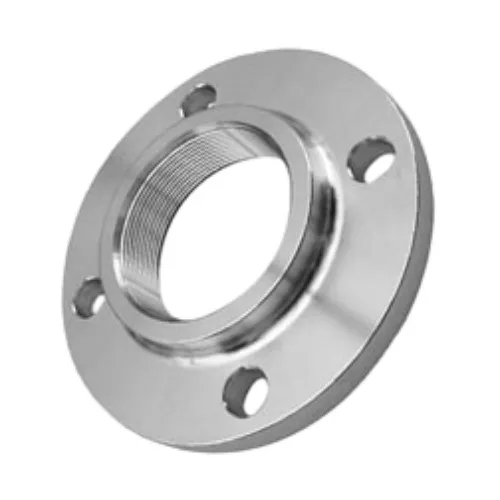-
Cangzhou Yulong Steel Co., Ltd.
-
Phone:
+86 13303177267 -
Email:
admin@ylsteelfittings.com
- English
- Arabic
- Italian
- Spanish
- Portuguese
- German
- kazakh
- Persian
- Greek
- French
- Russian
- Polish
- Thai
- Indonesian
- Vietnamese
- Zulu
- Korean
- Uzbek
- Hindi
- Serbian
- Malay
- Ukrainian
- Gujarati
- Haitian Creole
- hausa
- hawaiian
- Hebrew
- Miao
- Hungarian
- Icelandic
- igbo
- irish
- Japanese
- Javanese
- Kannada
- Khmer
- Rwandese
- Afrikaans
- Albanian
- Amharic
- Armenian
- Azerbaijani
- Basque
- Belarusian
- Bengali
- Bosnian
- Bulgarian
- Catalan
- Cebuano
- China
- China (Taiwan)
- Corsican
- Croatian
- Czech
- Danish
- Esperanto
- Estonian
- Finnish
- Frisian
- Galician
- Georgian
- Kurdish
- Kyrgyz
- Lao
- Latin
- Latvian
- Lithuanian
- Luxembourgish
- Macedonian
- Malgashi
- Malayalam
- Maltese
- Maori
- Marathi
- Mongolian
- Myanmar
- Nepali
- Norwegian
- Norwegian
- Occitan
- Pashto
- Dutch
- Punjabi
- Romanian
- Samoan
- Scottish Gaelic
- Sesotho
- Shona
- Sindhi
- Sinhala
- Slovak
- Slovenian
- Somali
- Sundanese
- Swahili
- Swedish
- Tagalog
- Tajik
- Tamil
- Tatar
- Telugu
- Turkish
- Turkmen
- Urdu
- Uighur
- Welsh
- Bantu
- Yiddish
- Yoruba

Dec . 05, 2024 09:14 Back to list
Understanding API 5L Pipe Specifications for Seamless and Welded Steel Pipes
The API 5L specification is a crucial standard in the oil and gas industry, primarily focused on the design and production of line pipes. Developed by the American Petroleum Institute (API), this specification is essential for companies engaged in the transportation of oil, gas, and other fluids through pipelines. Understanding the fundamental components and requirements of API 5L is vital for engineers, manufacturers, and project managers working in this field.
API 5L was first established in 1927 and has undergone several revisions to adapt to the industry's evolving needs. The primary purpose of the specification is to ensure the quality and safety of pipes used in transporting liquids and gases over long distances. It sets standards for the manufacturing process, quality control, testing, and performance of the pipes, ensuring they meet the rigorous demands of the industry.
One of the significant aspects of the API 5L specification is the classification of the pipes into different grades and specifications. The specification is divided into two main categories PSL1 (Product Specification Level 1) and PSL2 (Product Specification Level 2). PSL1 covers basic requirements for pipes intended for general use, while PSL2 includes additional testing requirements for pipes designed for more demanding environments. These grades help ensure that the pipes can withstand the varying pressures and temperatures they may encounter during operation.
.
The specification also emphasizes the importance of chemical composition in the manufacturing process. API 5L specifies allowable levels of various elements such as carbon, manganese, phosphorus, and sulfur in the steel used to produce the pipes. These chemical properties significantly influence the material's overall performance, corrosion resistance, and weldability. Manufacturers must adhere to these requirements to produce high-quality, durable pipes that can withstand harsh conditions.
api5l pipe specification

Another critical aspect of the API 5L specification is the requirement for testing and inspection. Pipes produced under this standard are subjected to rigorous testing to ensure they meet the necessary performance criteria. Tests may include non-destructive methods such as ultrasonic testing, magnetic particle testing, and radiographic inspection. These methods help identify any potential flaws or defects in the pipes before they are deployed in the field. Additionally, the pipes may undergo hydrostatic testing to verify their resistance to internal pressure.
API 5L also addresses the need for appropriate coating and protection measures for line pipes. Since pipelines are often exposed to harsh environmental conditions, protective coatings are essential for preventing corrosion and extending the lifespan of the pipes. The specification outlines various coating materials and application methods to ensure the pipes remain durable and functional over time.
Furthermore, the API 5L standard recognizes the importance of traceability in the manufacturing process. Each pipe produced under this specification comes with detailed documentation that tracks its production history, including details about the raw materials, manufacturing processes, and testing results. This traceability is crucial for maintaining accountability and ensuring that the pipes meet the specified standards throughout their lifecycle.
In conclusion, the API 5L specification plays a vital role in the oil and gas industry by establishing comprehensive guidelines for the production and quality control of line pipes. By adhering to this specification, manufacturers and operators can ensure the safety, durability, and reliability of pipelines that are essential for transporting oil and gas across vast distances. As the industry continues to evolve, API 5L will undoubtedly remain a cornerstone of pipeline engineering and management, addressing new challenges and ensuring the highest standards are upheld.
Latest news
-
ANSI 150P SS304 SO FLANGE
NewsFeb.14,2025
-
ASTM A333GR6 STEEL PIPE
NewsJan.20,2025
-
ANSI B16.5 WELDING NECK FLANGE
NewsJan.15,2026
-
ANSI B16.5 SLIP-ON FLANGE
NewsApr.19,2024
-
SABS 1123 FLANGE
NewsJan.15,2025
-
DIN86044 PLATE FLANGE
NewsApr.19,2024
-
DIN2527 BLIND FLANGE
NewsApr.12,2024
-
JIS B2311 Butt-Welding Fittings LR/SR 45°/90° /180°Seamless/Weld
NewsApr.23,2024











